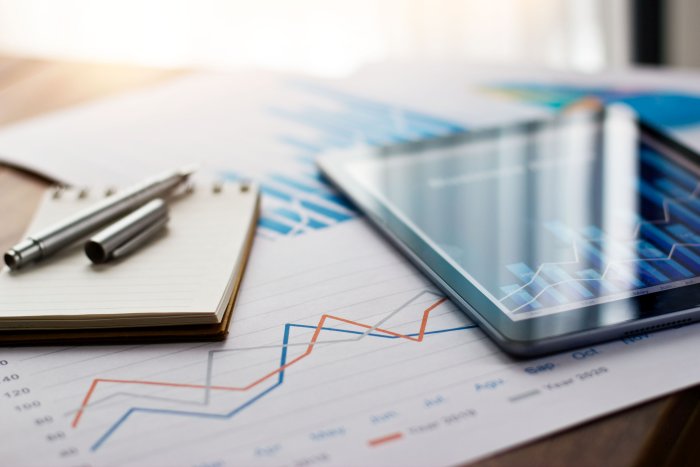
Goodr, a Black-owned and Atlanta-based sustainable waste management platform, has just announced that they’ve exceeded their own expectations.
In a press release announcement, it was revealed that the company raised $1.5 million in their recent Bridge to Series A funding round, which exceeded their initial goal by $500,000. Capital One Ventures were joined in this round by Backstage Capital, Unreasonable Ventures, and the Laurene Powell Jobs-helmed Emerson Collective.
“It is an extremely exciting time here at Goodr,” CEO Jasmine Crowe said in the press release announcement. “We are expanding our team, our market reach, and solving two critical problems at the same time. I welcome our new investors as part of the team as we continue to strive towards ending hunger.”
The company has already announced that they are on the hunt for a Lead Engineer, and are actively filling roles for other key executive positions. The supplemental funds will also allow them to improve their product and service offerings, increase marketing initiatives, and activate new markets.
The concept of Goodr doesn’t just cut down on food waste. Rather, it helps businesses save money on taxes, feed more people, and reduce food waste by rerouting surplus food from cafeterias and restaurants to people in need. Their food distribution services include grocery delivery, popup grocery stores, and food delivery to support food insecure communities around the United States. The company’s philosophy is simple: food insecurity is not an issue of scarcity, but of logistics.













